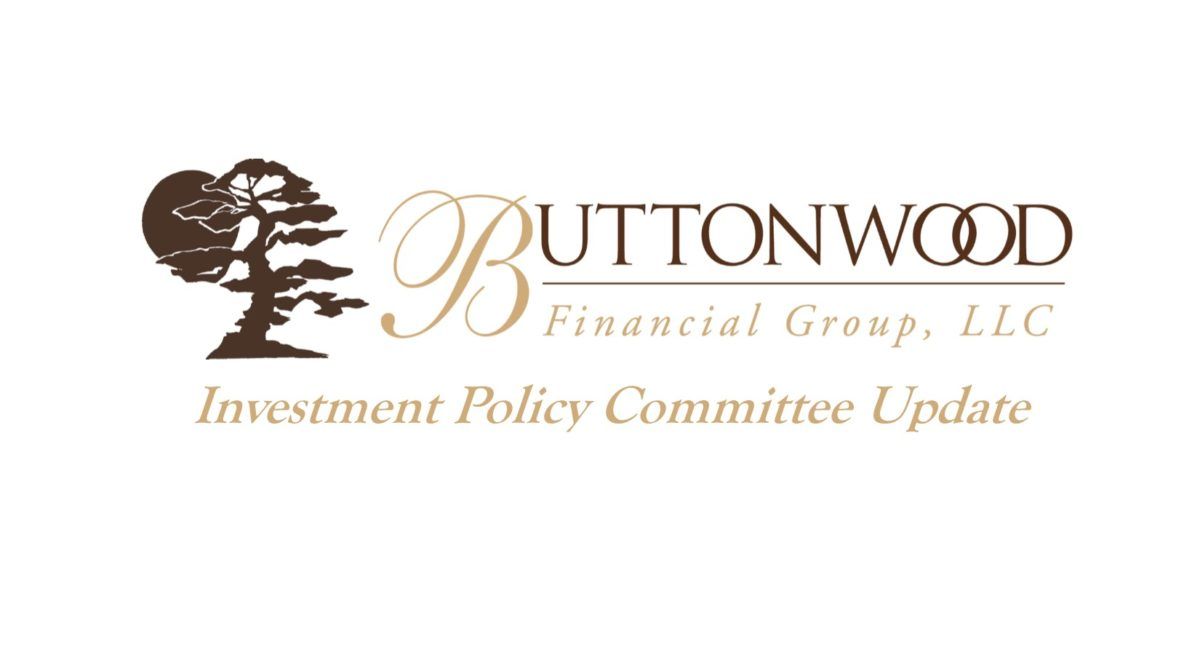Tax-Loss Harvesting
While declining markets may not be fun, they do provide an opportunity to reduce your taxes! By regularly reviewing your investments for the ability to “Tax-loss harvest” (TLH), you will be implementing an extremely beneficial addition to your overall financial plan; especially for successful individuals and families paying larger tax bills.
What Is Tax-Loss Harvesting?
Tax-loss harvesting is simply the sale of securities at a loss in order to ‘recognize’ (for tax purposes) an ‘unrealized’ loss. Once ‘realized,’ a loss can offset both current and future realized capital gains from profitable investments. If an investor doesn’t have capital gains in a particular year, taxpayers can use capital losses to offset ‘ordinary income’ up to $3,000 per year. In addition, the IRS allows for losses (over the $3,000 maximum) to be ‘carried forward’ into future tax years: “Capital Loss / Tax Loss Carryforward.”
The idea of selling securities while markets are down may sound counter-productive to long-term financial plans – and that idea would be correct! However, the second half of a properly executed tax-loss harvesting strategy involves the reinvestment of sale proceeds into similar assets to keep the portfolio’s overall allocation balance. One warning: It is important not to violate the IRS rule against buying a “substantially identical” investment within 30 days, known as the wash-sale rule.
Beware of the Wash-Sale Rule
The wash-sale rule prohibits selling an investment for a loss and replacing it with the same or "substantially identical" investment 30 days before/after the sale. This rule exists for those with unique investment strategies to prevent them from creating losses for the benefit of tax deduction while keeping their position in the same asset that was initially sold.
One strategy we often see partnered with tax-loss harvesting is the use of mutual funds and/or ETFs. For each market index, there are multiple funds tracking similar indexes. As such, these funds, while not substantially identical, have many of the same characteristics and can be used to replace one another while avoiding violating the rule. For example, the sale of an S&P 500 Index fund and the replacement of that fund with a S&P 100 index fund.
Implementing Tax-Loss Harvesting
In a world full of individual strategies that can help your financial life, it’s easy for some to be placed on the back burner and never be implemented. Complexity is the reason we exist – we coordinate the details of financial lives so you can focus on doing what you do. While individuals can certainly implement their own tax-loss harvesting, we, as professionals, have technology and processes in place to implement tax-loss harvesting for each of our clients we know will benefit. We proactively review each taxable investment in accounts we manage, down to the ‘lot level’. Our goal is to turn declining market lemons into lower tax bill lemonade.
At Buttonwood, due to the complex nature of this strategy, we offer our tax-loss harvesting strategies as part of our Investment Advisory Services. Contact us today to discuss how the combination of our Family CFO and Investment Advisory Services can benefit you and your family.
Recent Buttonwood Articles

Are you ready to explore the benefits of your very own Family CFO?




